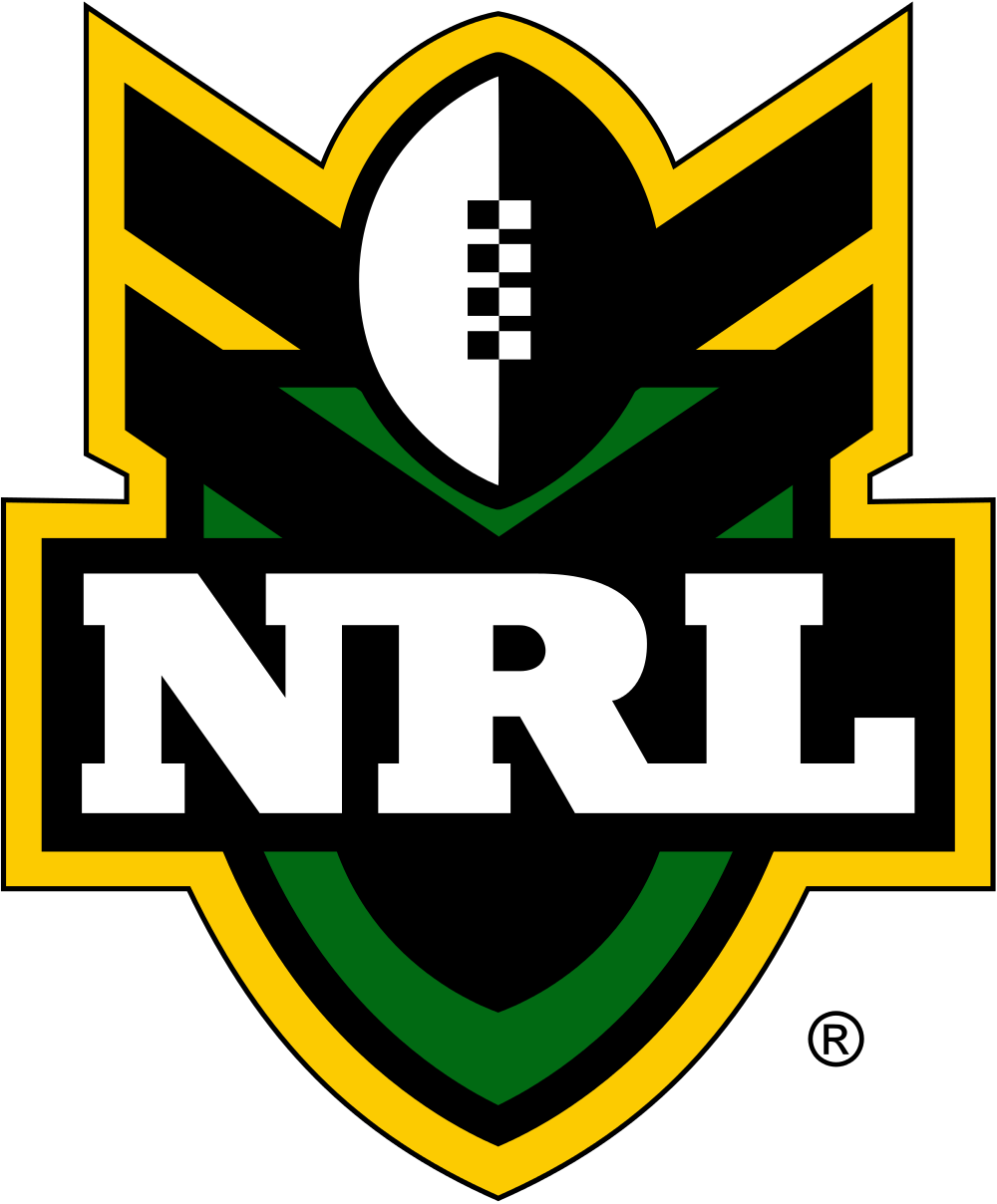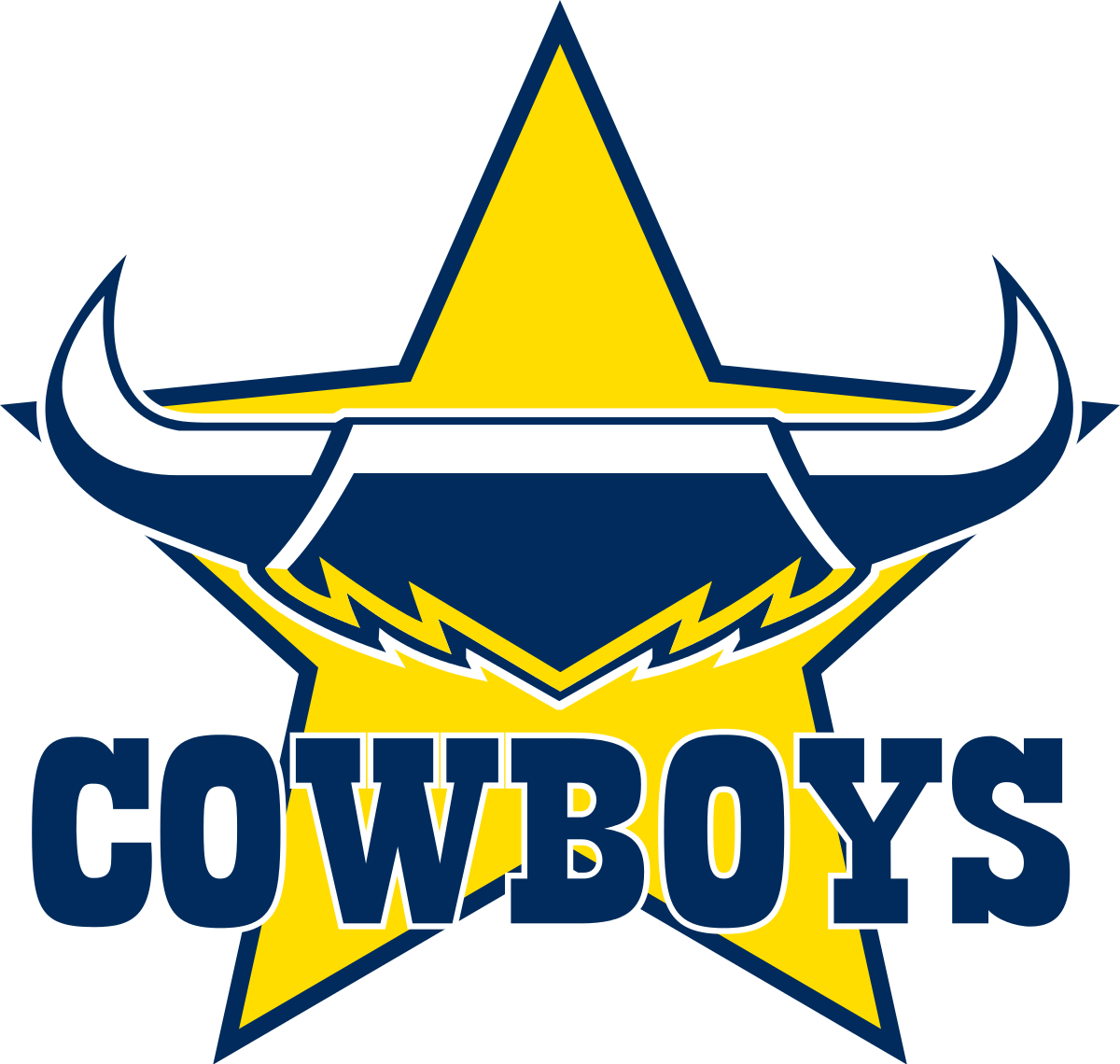Demand is represented the world’s highest government bond interest rates by a downward trending slope, and supply by an upward slope. Consumer income, preferences, and willingness to substitute one product for another are among the most important determinants of demand. Get stock recommendations, portfolio guidance, and more from The Motley Fool’s premium services.
What Is a Simple Explanation of the Law of Supply and Demand?
Many stock exchanges also cross-list company shares, offering securities primarily listed on other exchanges. This way, companies can reach more investors when raising capital, and those trading with certain exchanges have far more options. With forex fs pamm broker forexfs compagesibs practice and experience, traders can become more skilled at using supply and demand zones to inform their trading decisions.
- If demand for a limited number of shares outpaces the supply, then the stock price normally rises.
- We will assume that the buyers and sellers in the first system are paying the average of their two prices, and splitting the surplus evenly.
- The law of demand posits that demand declines when prices rise for a given resource, product, or commodity.
- In large part, supply and demand dictate the per-share price of a stock.
- This was evident in the 1970s when the U.S. temporarily capped the price of gasoline at around $1 per gallon.
What is the law of supply and demand?
In the supply and demand model, market equilibrium is represented by the point where the supply and demand curves intersect. This relationship is illustrated by the downward-sloping demand curve in the supply and demand model. The curve demonstrates that, all else being equal, a higher price leads to a lower quantity demanded.
In the case of a surplus, the quantity supplied exceeds the quantity demanded. This typically occurs when the market price is above exchange rate us dollar to mexican peso the equilibrium price. At this point, there is no excess supply or demand, and the market is considered to be in balance.
Finding Equilibrium
If you’re unsure about what’s happening in the stock market and whether to buy or sell shares, the financial advisor connected to your broker can help. These professionals closely monitor the ups and downs of the stock market and can help steer you in the right direction. A number of things going on at a company can lead to an increase or decrease in its stock price. The supply of stock tends to change at a slower pace than the demand, which can pick up or drop in response to corporate news or other one-time events. The law affects the stock market by determining the prices of the individual stocks that make up the market. The goal of facilitating a smooth flow of financial markets is the same for both Nasdaq market makers and NYSE specialists.
REAL-TIME STOCK ALERTS SERVICE
Deflation, on the other hand, is generally bad for stocks because it signifies a loss in pricing power for companies. This allows the business to adjust its reorder points and maintain proper management of stock inventory, avoiding both overstocking and stockouts. Good stock management prevents overstocking and stockouts, allowing for better workflows and higher customer satisfaction.
Both of these would also be better off making a deal with each other outside the stock exchange, since they could settle at a price between their values and have a huge surplus to split with each other. This will happen again with the $15 seller and $34 buyer where they are both making a bigger surplus by trading with each other and abandoning their limit prices entirely. Since the highest buyers and the lowest sellers are pairing off to make their own deals, the lower buyers and the higher sellers no longer have a partner willing to take their price. We arrive back to the same supply and demand system where all the trading is done at around the same price as we had for our equilibrium, and with the same Total Surplus. Some ways that supply can increase include initial public offerings, spinoffs or the issuing of new shares. Private companies become publicly listed in initial public offerings, giving them access to public markets.
Every day people join our community and we welcome them with open arms. Yes, we work hard every day to teach day trading, swing trading, options futures, scalping, and all that fun trading stuff. But we also like to teach you what’s beneath the Foundation of the stock market. We also offer real-time stock alerts for those that want to follow our options trades.





































